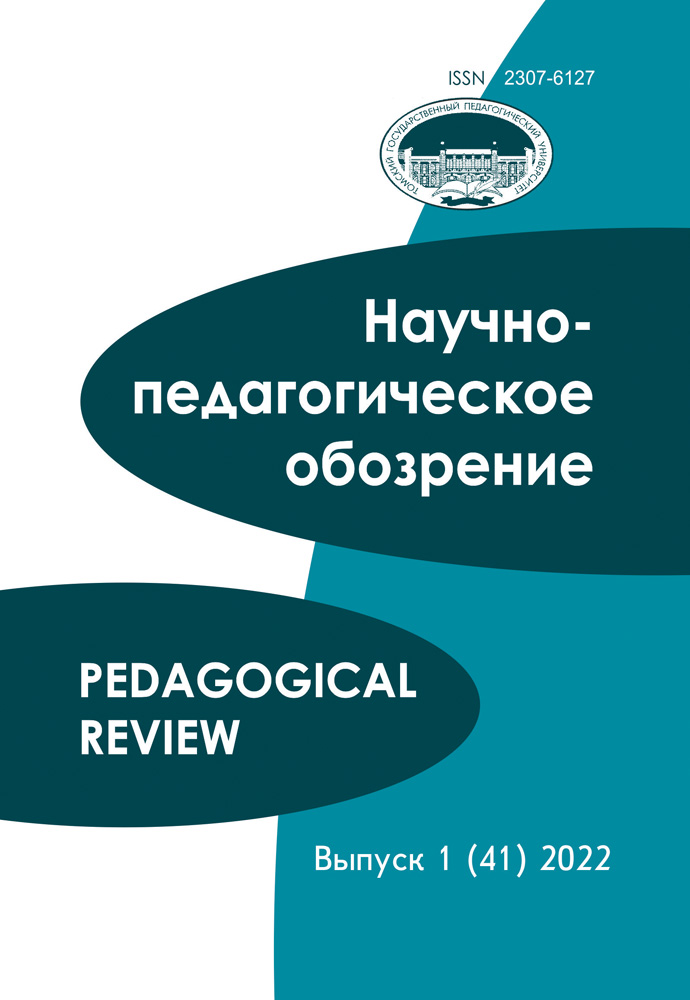Search
| # | Search | Downloads | ||||
|---|---|---|---|---|---|---|
| 1 | In the article the data collected by the author during the expedition (November and December 2017) to Tukhard (Karaul rural settlement, Taimyrsky Dolgano-Nenetsky District) and the nomadic settlements of reindeer herders in Tukhard tundra are considered. In the first section оf the article the question about the boundaries of Tukhard tundra, the key “milestones” of Tukhard history and the data on the population of the region are considered. In the second section the author describes the material of the research (the detailed sociolinguistic interviews with the analysis of genealogical lines, “family trees” and language biographies of the native speakers of the Tukhard idiom of the Taimyr dialect of Tundra Nenets) and deals with the main difficulties and problems of the method of sociolinguistic reconstruction according to the data of language biographies. In the third section there are the lists of surnames of different local ethnic groups, living in Tukhard tundra (Tundra Nenets, Tundra Enets, Dolgans etc.). In the fourth section of the article the author illustrates the possibilities of the method of sociolinguistic reconstruction according to the data of language biographies: the peculiarities of multilingualism functioning in the conditions of mixed marriages and economic activities of representatives of different ethnic groups, as well as linguistic ideologies behind them are considered. In addition, this section shows how the loss of multilingualism (“the big shift to Tundra Nenets”) occured. In conclusion the author highlightes the uniqueness of the local group of Tukhard Nenets, in which a lot of different ethnic components are “dissolved”. Keywords: Tundra Nenets, Tundra Enets, Dolgan, language biography, sociolinguistics, linguistic ideology, multilingualism, local ethnic group | 1905 | ||||








